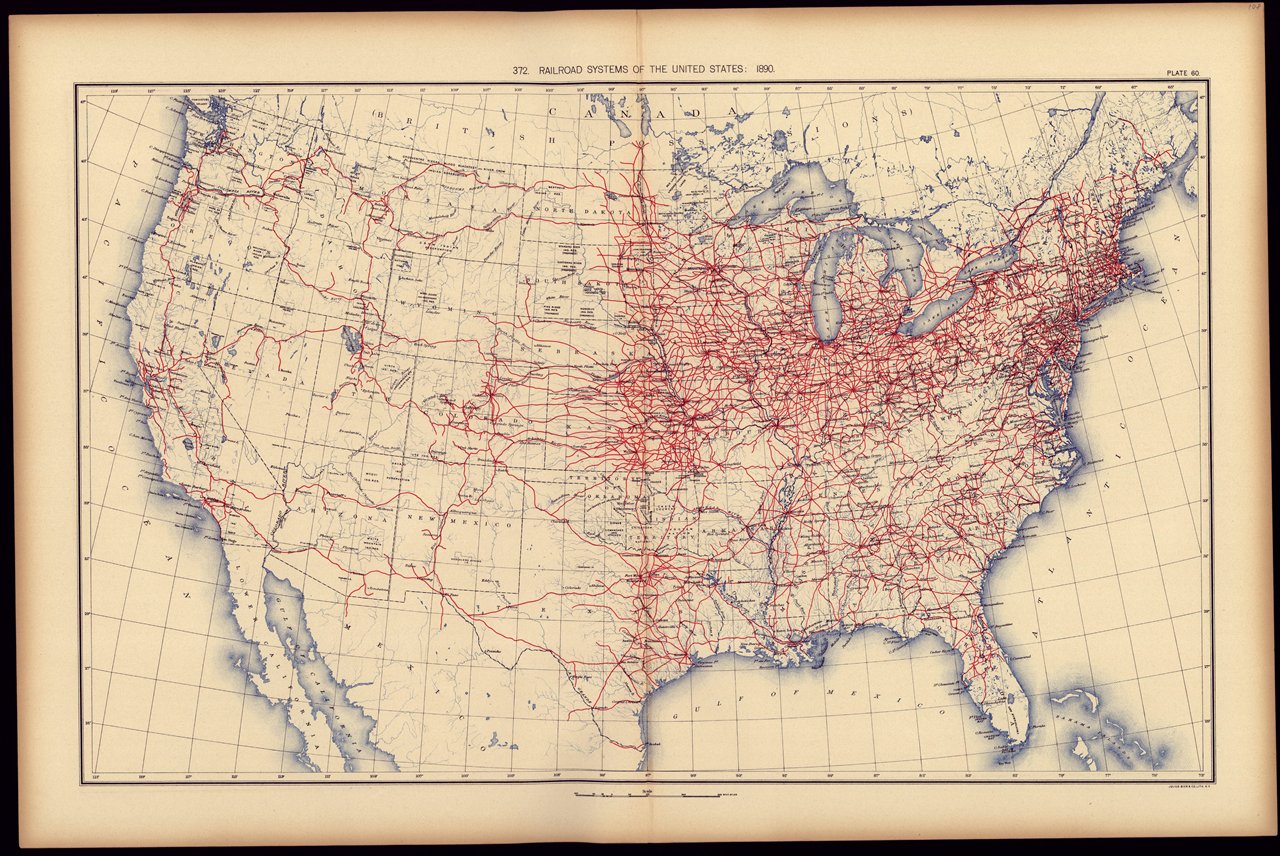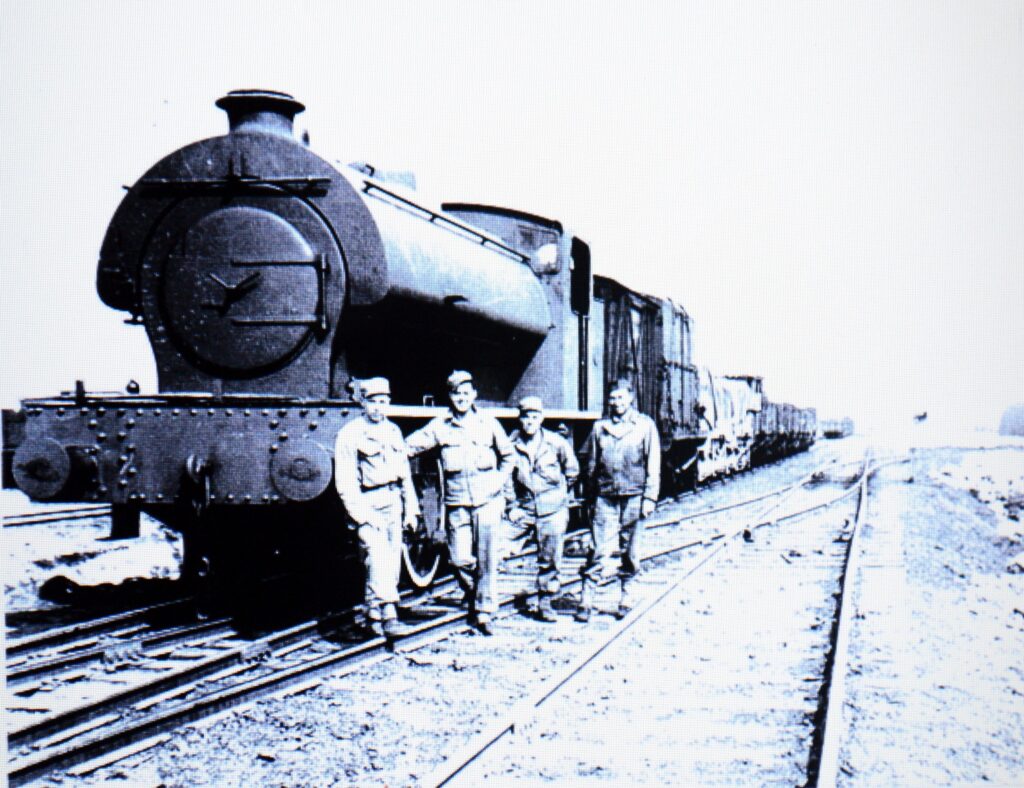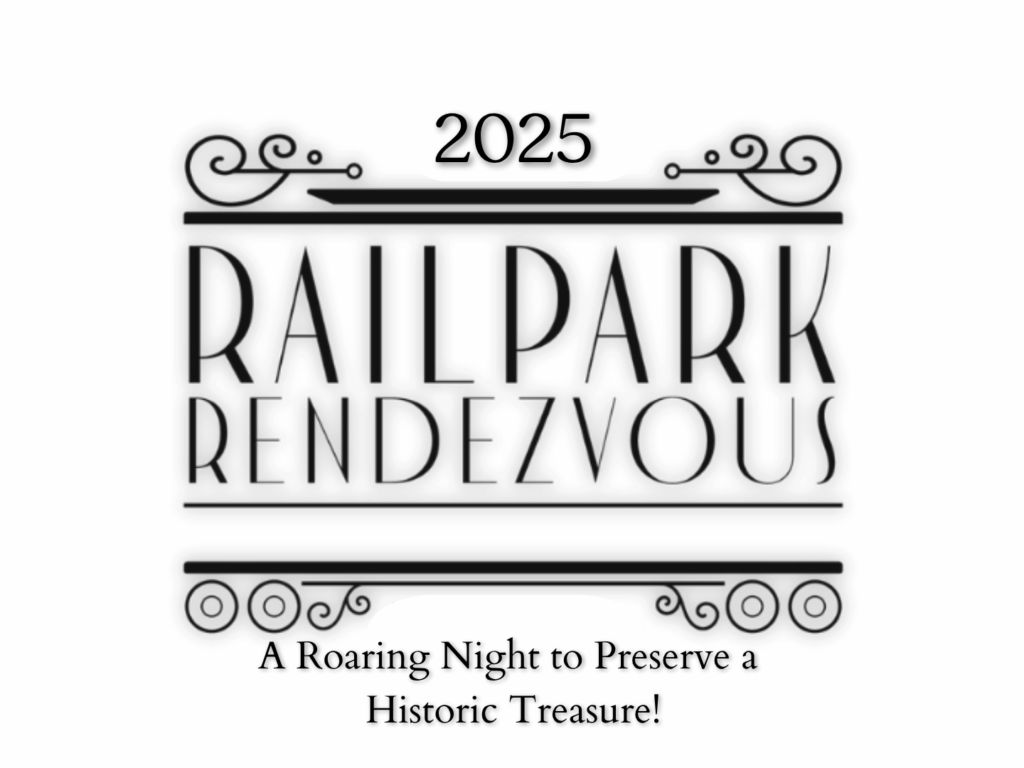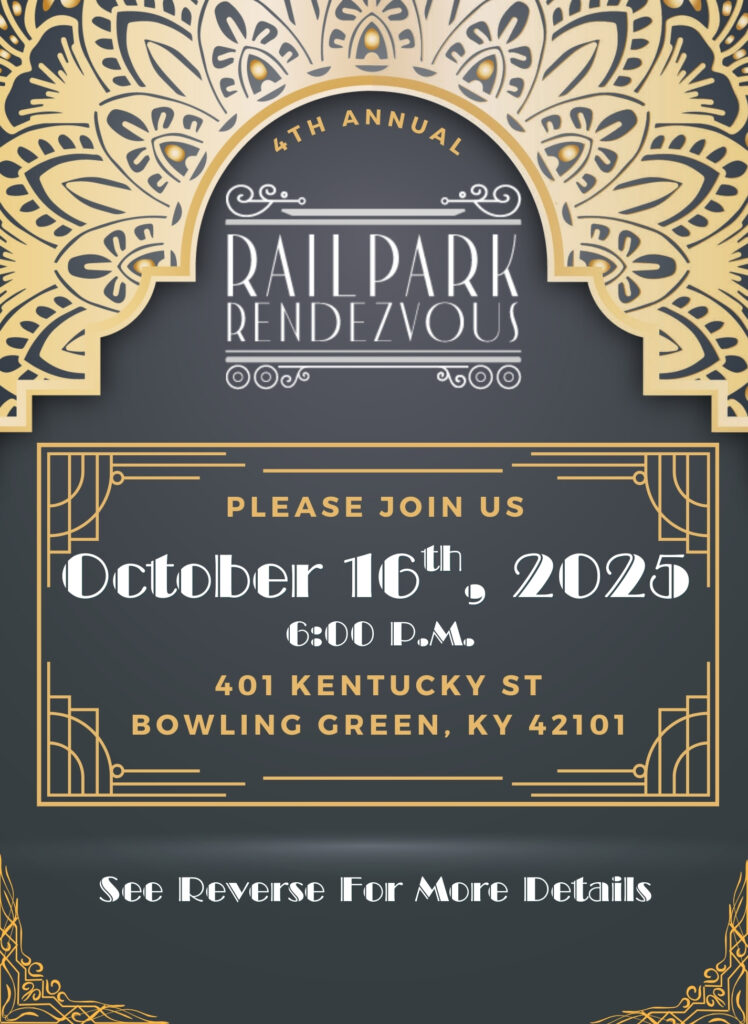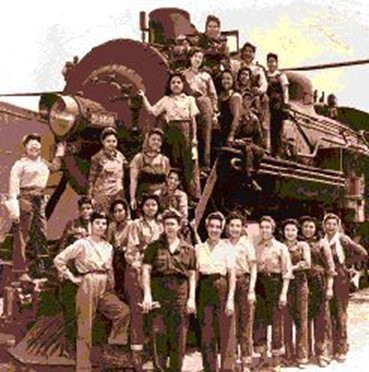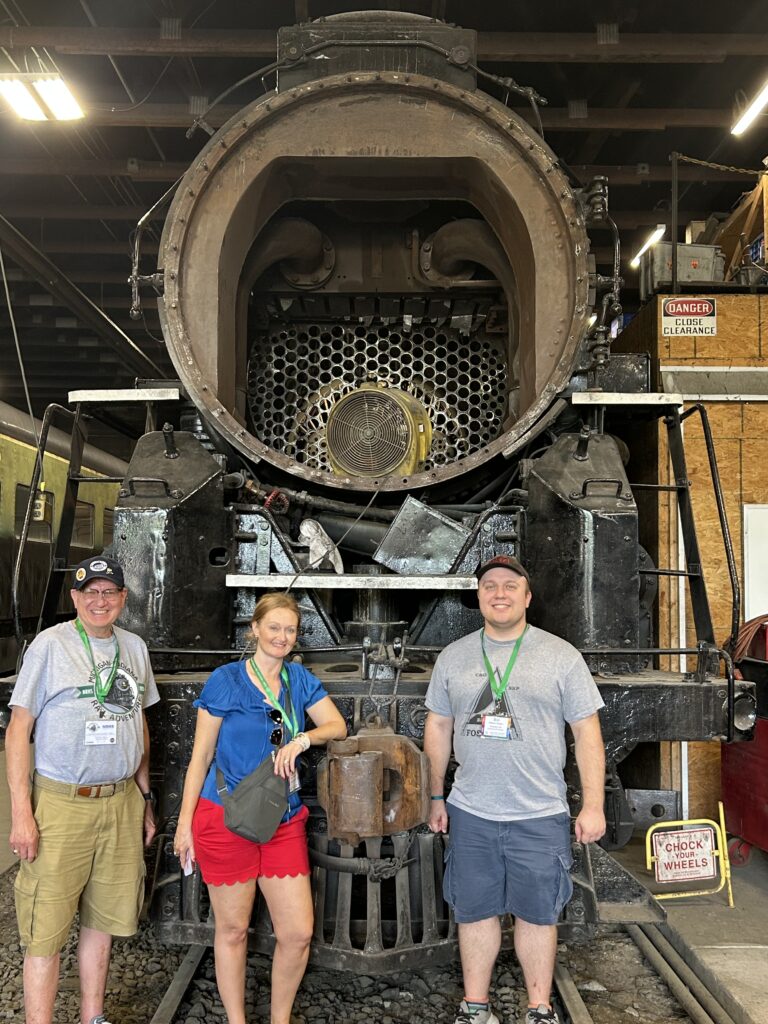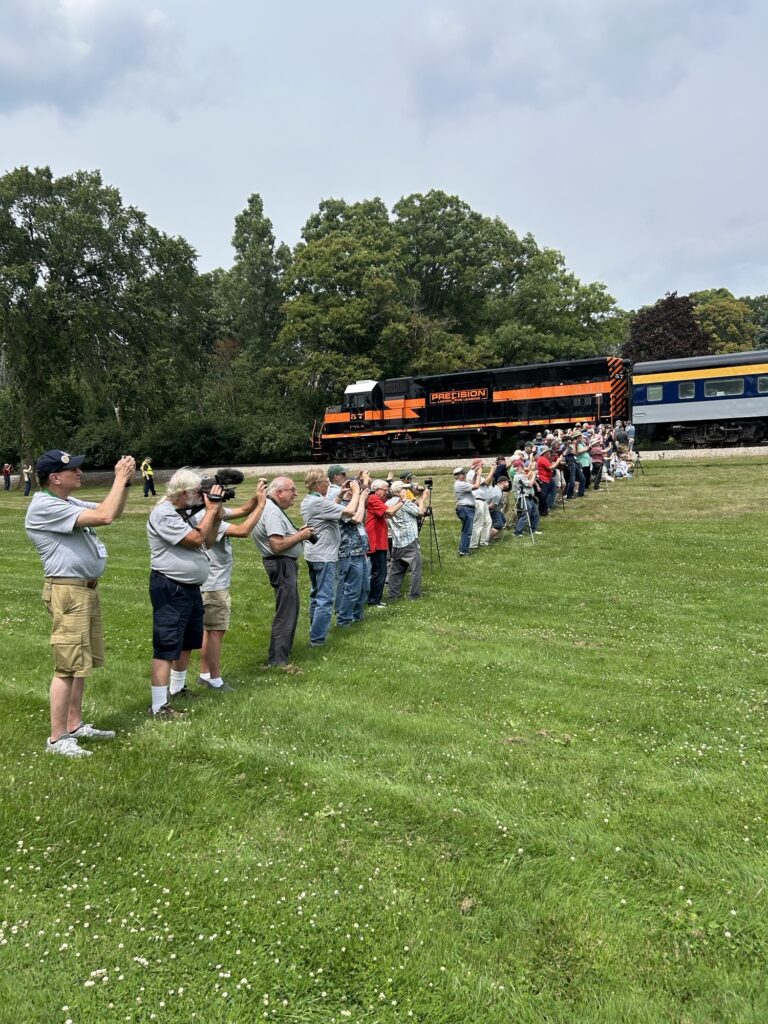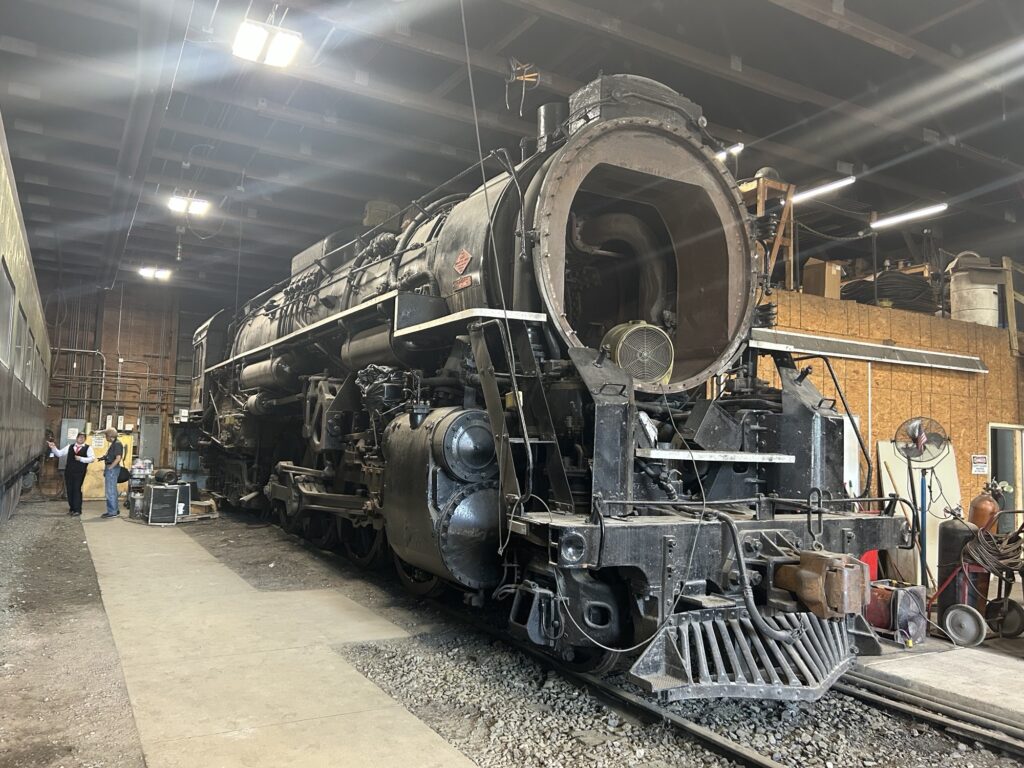250 Years of Transportation and the Railroad’s Enduring Legacy
By: Jamie Johnson, Executive Director
As we look forward to celebrating 250 years of American independence, we reflect not only on the founding of our nation—but also on the progress, innovation, and connectivity that have carried us forward. Among the most transformative forces in that journey has been transportation—a story that began with horseback and riverboats and found new momentum when the railroad roared to life.
From Footpaths to Iron Rails: America on the Move
In 1776, when the Declaration of Independence was signed, America’s transportation was still tethered to the natural landscape—rivers, dirt trails, and hand-carved roads. Commerce and communication were slow, unpredictable, and often isolated.
By the early 1800s, canals and stagecoach lines began knitting the young country together. But it wasn’t until the 1830s, when railroads first appeared in the United States, that America truly entered a new era. Steel tracks cut through forests, plains, and mountains, shrinking travel times from weeks to days and changing the rhythm of life forever.
The Railroad Comes to Kentucky
Kentucky quickly became part of the railway revolution. The Lexington & Ohio Railroad, chartered in 1830, was among the first in the state, connecting Lexington to the Ohio River. The expansion of rail across the Bluegrass State helped fuel industry, agriculture, and the movement of people and ideas.
By the mid-19th century, Kentucky’s growing rail network became a crucial link between northern and southern markets. Trains brought prosperity to towns across the Commonwealth and played a vital role during the Civil War—transporting troops, supplies, and critical communication.
All Aboard: Rail Arrives in Bowling Green
In 1859, the Louisville & Nashville Railroad (L&N) arrived in Bowling Green—ushering in a period of unprecedented growth. The city became a key junction along the north-south route, serving as both a military hub during the Civil War and a thriving center of trade and travel in the decades that followed.
By the early 20th century, the Bowling Green L&N Depot, completed in 1925, stood as a symbol of modernity and civic pride. It was a place where soldiers departed for war, families gathered for travel, and mail, goods, and news flowed in and out—bringing the wider world to our doorstep.
Honoring the Journey: The Historic RailPark Today
Today, that very same depot is home to the Historic RailPark & Train Museum, where we honor not just the technology of trains—but the people, stories, and moments that made rail travel such an integral part of America’s development.
As we celebrate America 250, we are proud to preserve this legacy through:
Restored railcars, including a WWII troop sleeper, diner, and Pullman car.
Educational exhibits that explore the impact of trains on war, industry, and everyday life.
UnSeen BG Tours and BG Trolley experiences that bring hidden history to life.
Preservation efforts, such as our ongoing campaign to restore the depot’s original 1925 windows.
The Historic RailPark continues to connect the past to the present—reminding us that every whistle, every track, and every journey tells a part of the American story.
As we honor our nation’s 250th birthday, we invite you to take part in our mission. Whether you’re stepping aboard a railcar, joining a tour, or supporting our preservation work, you’re helping us ensure that the legacy of American rail travel—and Bowling Green’s role in it—endures for generations to come.
Here’s to the next 250 years of innovation, movement, and storytelling. All aboard!


